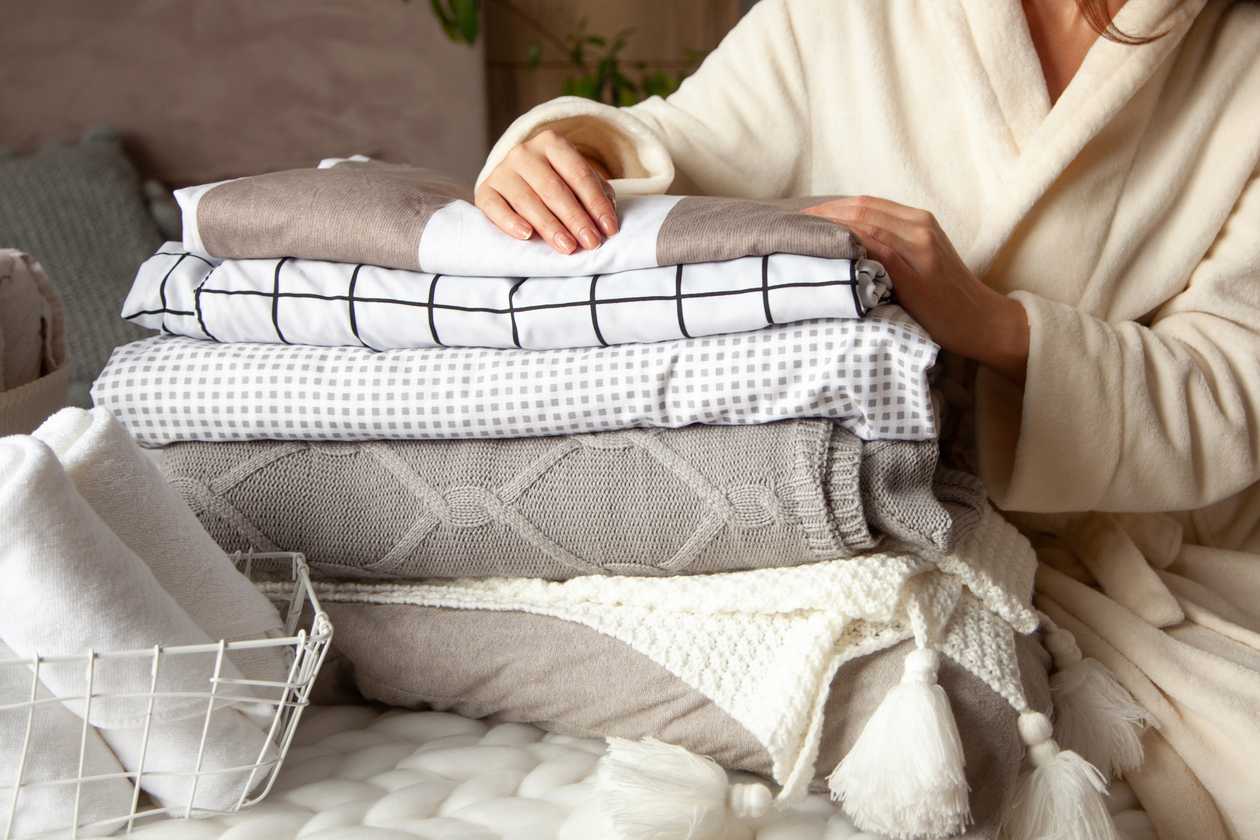

Articles
How To Store Linens Without A Closet
Modified: March 19, 2024
Learn how to store linens without a closet with our helpful articles. Discover creative solutions to keep your linens organized and easily accessible.
(Many of the links in this article redirect to a specific reviewed product. Your purchase of these products through affiliate links helps to generate commission for Storables.com, at no extra cost. Learn more)
Introduction
When it comes to organizing and storing linens, not having a dedicated closet can present a challenge. Whether you live in a small apartment, a dorm room, or a house with limited storage space, finding alternative ways to store your linens can help keep your living area tidy and clutter-free.
In this article, we will explore various options for storing linens without a closet. From under-the-bed storage to over-the-door solutions, we will provide practical and creative ideas to help you maximize space and maintain organization.
So, if you’re ready to transform your linen storage situation and make the most of the available space in your home, let’s dive into these storage options.
Key Takeaways:
- Maximize space and keep linens accessible by utilizing under-the-bed storage, over-the-door solutions, and hanging organizers. Labeling and regular cleaning are key to maintaining an organized storage system.
- Repurpose furniture, create a linen cabinet, and incorporate shelving units to add functionality and elegance to your living space. Vacuum-sealed bags are a space-saving solution that protects linens from dust and moisture.
Read more: How To Store Comforters Without A Closet
Option 1: Use Under-the-Bed Storage
One of the most versatile and convenient ways to store linens without a closet is by utilizing under-the-bed storage. By taking advantage of the space beneath your bed, you can effectively maximize storage capacity without sacrificing valuable floor space.
There are several under-the-bed storage options available, ranging from plastic bins to specialized storage containers. The key is to choose a solution that fits the height and width of your bed, allowing you to slide the storage containers in and out with ease.
When selecting under-the-bed storage containers, opt for ones with lids to protect your linens from dust and moisture. Transparent containers are ideal as they allow you to see the contents without having to open each container.
To further optimize your under-the-bed storage, consider using dividers or compartments within the containers. This will help separate different types of linens, such as sheets, blankets, and pillowcases, making it easier to find what you need.
Don’t forget to label each container to save time and prevent guesswork when you’re looking for specific linens. Whether you use masking tape and a marker or invest in label holders, clear labeling will prove invaluable in maintaining an organized storage system.
Utilizing under-the-bed storage not only frees up space in your room but also keeps your linens easily accessible. Remember to regularly clean and rotate the linens to maintain freshness, and enjoy the benefits of this practical storage solution.
Option 2: Utilize Over-the-Door Storage
Another great solution for storing linens without a closet is to make use of over-the-door storage. This option allows you to take advantage of the often-unused space behind doors and turn it into valuable storage real estate.
An over-the-door organizer with multiple pockets is a versatile choice for storing linens. You can easily hang it on the back of your bedroom or bathroom door and use the pockets to store smaller linens like washcloths, hand towels, and pillowcases. This not only frees up space in your drawers and shelves but also keeps these linens easily accessible.
If you have a larger collection of linens or need to store larger items such as sheets or blankets, consider using over-the-door hooks with hanging organizers. These organizers typically have multiple compartments and adjustable hooks that can accommodate various sizes of linens. Hang them on the back of your bedroom or closet door and neatly fold and store your linens in each compartment.
Another creative way to utilize over-the-door storage is by repurposing an over-the-door shoe organizer. Instead of using it for shoes, use its individual pockets to store folded linens. Assign one pocket per type of linen or separate them by color, making it easy to find what you need at a glance.
Remember to choose over-the-door storage solutions made from durable and breathable materials to ensure proper ventilation and prevent any musty smells from developing on your linens.
With over-the-door storage, you can take advantage of often overlooked space while keeping your linens organized and easily accessible. Say goodbye to cluttered shelves and drawers and hello to efficient and stylish storage solutions.
Option 3: Invest in Storage Bins or Boxes
When it comes to storing linens without a closet, investing in storage bins or boxes can be a practical and affordable solution. These versatile storage solutions are available in various sizes, materials, and designs to suit your needs and personal style.
First, assess the amount of linens you have and determine the appropriate number and size of storage bins or boxes you’ll need. Clear plastic bins are a popular choice as they allow you to see the contents at a glance, making it easier to find and retrieve specific linens when needed.
If you prefer a more decorative option, woven wicker or fabric bins can add a touch of elegance to your storage solution. These bins are available in various colors and patterns, allowing you to seamlessly incorporate them into your room’s décor.
When organizing your linens in storage bins or boxes, consider using dividers or compartments to separate different types of linens. This helps maintain order and makes it more convenient to retrieve specific linens without having to search through the entire bin.
Labeling the bins or boxes is a crucial step in creating an organized storage system. You can use adhesive labels, label holders, or even a label maker to clearly indicate the contents of each storage container. This will save you time and effort when you’re searching for specific linens in the future.
Stacking the storage bins or boxes in a designated area, such as under a table or in a corner of the room, helps maximize vertical space and keeps your linens neatly stored. Just be sure to stack them securely to prevent any accidental tipping or collapsing.
Investing in storage bins or boxes provides a versatile and customizable storage solution for your linens. Not only will it free up space in your room, but it will also help you maintain an organized and visually appealing living space.
Option 4: Repurpose Furniture with Built-In Storage
If you’re looking for a creative and space-saving solution to store linens without a closet, consider repurposing furniture with built-in storage. This option allows you to make the most of your existing furniture pieces while adding functionality and organization to your living space.
One popular piece of furniture that can be repurposed for linen storage is a storage ottoman or bench. These versatile furniture pieces typically feature a hinged top that opens to reveal a spacious compartment where you can store linens. Not only does this provide hidden storage, but it also doubles as extra seating or a footrest.
Another option is to repurpose a chest of drawers or a dresser. Utilize the drawers to neatly store folded linens, separating them by type or color. You can also use drawer dividers or organizers to further maximize space and keep linens organized within each drawer.
If you have a bookshelf or a display cabinet, you can repurpose it by using storage baskets or fabric bins to store linens on the shelves. This not only keeps your linens accessible but also adds a decorative touch to the room. Make sure to choose bins or baskets that fit the dimensions of the shelves and mix and match colors and textures to enhance the visual appeal.
When repurposing furniture for linen storage, consider incorporating vertical storage solutions as well. Hang a clothing rod on the side of a bookshelf or dresser to hang linens such as tablecloths or curtains. This makes efficient use of space and prevents these linens from getting wrinkled and creased.
Repurposing furniture with built-in storage allows you to make the most of your existing pieces, adding functionality and organization to your space. Get creative with how you repurpose your furniture and enjoy the benefits of stylish and practical linen storage solutions.
Consider using underbed storage containers or vacuum-sealed bags to store linens without a closet. These options help save space and keep linens organized and protected.
Read more: How To Store Blankets Without A Closet
Option 5: Create a Linen Cabinet
If you have some extra space in your home, creating a linen cabinet can be an excellent solution for storing linens without a closet. A linen cabinet provides a dedicated storage area for your linens, keeping them organized and easily accessible whenever needed.
First, identify a suitable space for your linen cabinet. It could be a corner in your bedroom, a hallway, or even a nook in your living room. Measure the dimensions of the space to ensure that the cabinet will fit comfortably without overcrowding the area.
Next, decide on the type of cabinet that will best suit your needs. You can choose a freestanding cabinet that matches your existing furniture or opt for a wall-mounted cabinet to save floor space. Consider the number of shelves or drawers you’ll need, as well as any additional features like glass doors or adjustable shelves.
When organizing your linens in the cabinet, start by sorting them by type. Fold and stack your sheets, blankets, pillowcases, and towels separately, creating neat piles on each shelf or in each drawer. You can use dividers or cloth bins to further separate different types of linens, making it easier to find what you need.
To maintain order and prevent your linens from becoming disheveled, consider rolling or folding them neatly rather than simply stuffing them into the cabinet. This not only saves space but also ensures that your linens remain wrinkle-free and in good condition.
Labeling each shelf or drawer in your linen cabinet can save you time when searching for specific linens. Use adhesive labels or label holders to clearly identify the contents of each storage area, making it easier to find and retrieve linens as needed.
Keep your linen cabinet well-ventilated to prevent mildew and musty odors. If your cabinet has doors, consider leaving them slightly ajar or using moisture-absorbing products like silica gel packets to maintain freshness.
Creating a linen cabinet provides a dedicated storage space for your linens, keeping them organized and easily accessible. With a little planning and organization, you can enjoy the benefits of an efficient and stylish linen storage solution.
Option 6: Utilize Hanging Storage Solutions
When space is limited, utilizing hanging storage solutions can be a practical and efficient way to store linens without a closet. By making use of vertical space, you can maximize storage capacity while keeping your linens easily accessible and organized.
One option for hanging storage is to use a hanging closet organizer. These organizers typically feature multiple shelves or compartments that can be hung from a clothing rod or a hook. The shelves are perfect for storing folded linens like towels or pillowcases, while the compartments can hold smaller linens like washcloths or hand towels.
If you have a curtain rod or a towel bar in your bathroom, you can repurpose it for hanging linens. Hang towel hooks or even a towel ladder to suspend folded bath towels or hand towels. This not only provides convenient storage but also adds a decorative touch to your bathroom.
An alternative hanging storage solution is to use storage hangers with pockets or mesh compartments. These hangers can be hung from a clothing rod or a hook, and each pocket can hold a different type of linen. This allows you to easily see and access your linens without the need for folding or stacking.
In addition to utilizing hanging organizers, consider using over-the-door hooks or racks to hang linens. For example, you can hang your bath towels or even tablecloths on the back of your bedroom door or inside a closet, keeping them wrinkle-free and readily accessible.
When utilizing hanging storage solutions, it’s important to ensure that the weight is evenly distributed to prevent any strain or damage. Make sure that the hooks or rods are secure and can support the weight of your linens.
Utilizing hanging storage solutions not only maximizes space but also keeps your linens organized and easily accessible. Get creative with how you hang and arrange your linens, and enjoy the benefits of a clutter-free and efficient storage solution.
Option 7: Use Vacuum-Sealed Bags
When it comes to maximizing space and protecting your linens from dust, mold, and moisture, vacuum-sealed bags are a game-changer. These airtight bags not only compress your linens, but they also create a barrier that keeps them fresh and well-preserved.
To use vacuum-sealed bags, simply place your folded linens inside the bag and seal it tightly. Then, using a vacuum cleaner with a hose attachment, remove the air from the bag, compressing the linens and reducing their volume significantly. This allows you to store a larger quantity of linens in a smaller space.
One of the main advantages of vacuum-sealed bags is their ability to protect your linens from insects, moisture, and odors. Since the bags create an airtight seal, they prevent these elements from reaching your linens, keeping them clean and fresh until you’re ready to use them.
When storing linens in vacuum-sealed bags, it’s important to consider a few factors. First, make sure that your linens are clean and completely dry before sealing them in the bags. Any moisture trapped in the bags can lead to mold or mildew growth.
Additionally, avoid overpacking the bags, as this can prevent them from sealing properly and may damage the linens. Allow some room for the linens to expand slightly if needed.
Label each bag accordingly to easily identify the contents when you need to retrieve specific linens. You can use adhesive labels or write directly on the bags with permanent markers.
Vacuum-sealed bags are also a great option for storing seasonal linens, such as heavy blankets or winter bedding. By compressing them with a vacuum-sealed bag, you’ll save space and keep them protected during the offseason.
Using vacuum-sealed bags is a space-saving and protective solution for storing linens without a closet. Take advantage of this technology to efficiently store your linens and keep them in excellent condition.
Option 8: Incorporate Shelving Units
If you’re looking for a versatile and customizable storage solution for your linens, incorporating shelving units can be a practical and aesthetically pleasing option. Shelving units not only provide ample storage space but also allow you to showcase your linens and add a decorative touch to your living area.
First, assess the available space in your home where you can incorporate shelving units. This can be a wall in your bedroom, a hallway, or even a dedicated linen closet area. Measure the dimensions of the space to determine the appropriate size and configuration of the shelving units.
When selecting shelving units, consider both functionality and style. Opt for sturdy and durable materials such as wood or metal to ensure that the shelves can support the weight of your linens. You can choose open shelves for a more rustic and accessible look, or opt for shelves with doors to keep your linens hidden and protected.
Once you have your shelving units in place, it’s time to organize your linens. Start by separating your linens by type, such as sheets, towels, blankets, and tablecloths. Then, neatly fold or roll each item and place them on the appropriate shelves.
To add a decorative touch, consider using woven baskets or fabric bins on the shelves. These can hold smaller linens or serve as dividers to separate different types of linens. Choose baskets or bins that complement your décor and enhance the overall aesthetic of your room.
Labeling each shelf or bin can further aid in organization and make it easier to find specific linens. You can use adhesive labels, chalkboard labels, or even decorative tags to identify the contents of each storage area.
As you arrange your linens on the shelves, consider incorporating decorative elements such as vases, plants, or framed artwork to elevate the visual appeal of your storage area. This not only makes the shelving units functional but also transforms them into a focal point of your room.
Incorporating shelving units provides a versatile and customizable storage solution for your linens. By organizing and showcasing your linens in an aesthetically pleasing way, you can create a stylish and functional storage area that complements the overall design of your living space.
Read more: How To Store Linens In Closet
Conclusion
Storing linens without a closet may seem like a daunting task, but with the right strategies and storage solutions, you can effectively organize and maximize space in your home. From under-the-bed storage to hanging solutions and shelving units, there are numerous options available to fit your needs and style.
Under-the-bed storage is a versatile choice that utilizes the often-unused space beneath your bed, providing a convenient and accessible solution. Utilizing over-the-door storage allows you to make use of vertical space and keep linens easily within reach. Investing in storage bins or boxes provides practical and customizable options, while repurposing furniture with built-in storage adds functionality and elegance to your living area.
Creating a linen cabinet offers a dedicated space to keep your linens organized and neatly tucked away. Hanging storage solutions, such as organizers or hooks, make efficient use of vertical space and provide easy access to your linens. Vacuum-sealed bags are a space-saving solution that protects your linens from dust and moisture, while incorporating shelving units adds both storage and decorative elements to your home.
Remember to consider your specific needs, available space, and personal style when selecting a storage solution. Keep your linens clean, neatly folded, and labeled for easy identification. Regularly reassess your linens to ensure you’re only storing what you need and donate or discard any excess items.
By implementing these storage options, you can transform your linen storage situation and maintain an organized and clutter-free home. With some creativity and careful planning, you’ll be able to store your linens effectively, making the most of your available space and creating an inviting and functional living environment.
Frequently Asked Questions about How To Store Linens Without A Closet
Was this page helpful?
At Storables.com, we guarantee accurate and reliable information. Our content, validated by Expert Board Contributors, is crafted following stringent Editorial Policies. We're committed to providing you with well-researched, expert-backed insights for all your informational needs.

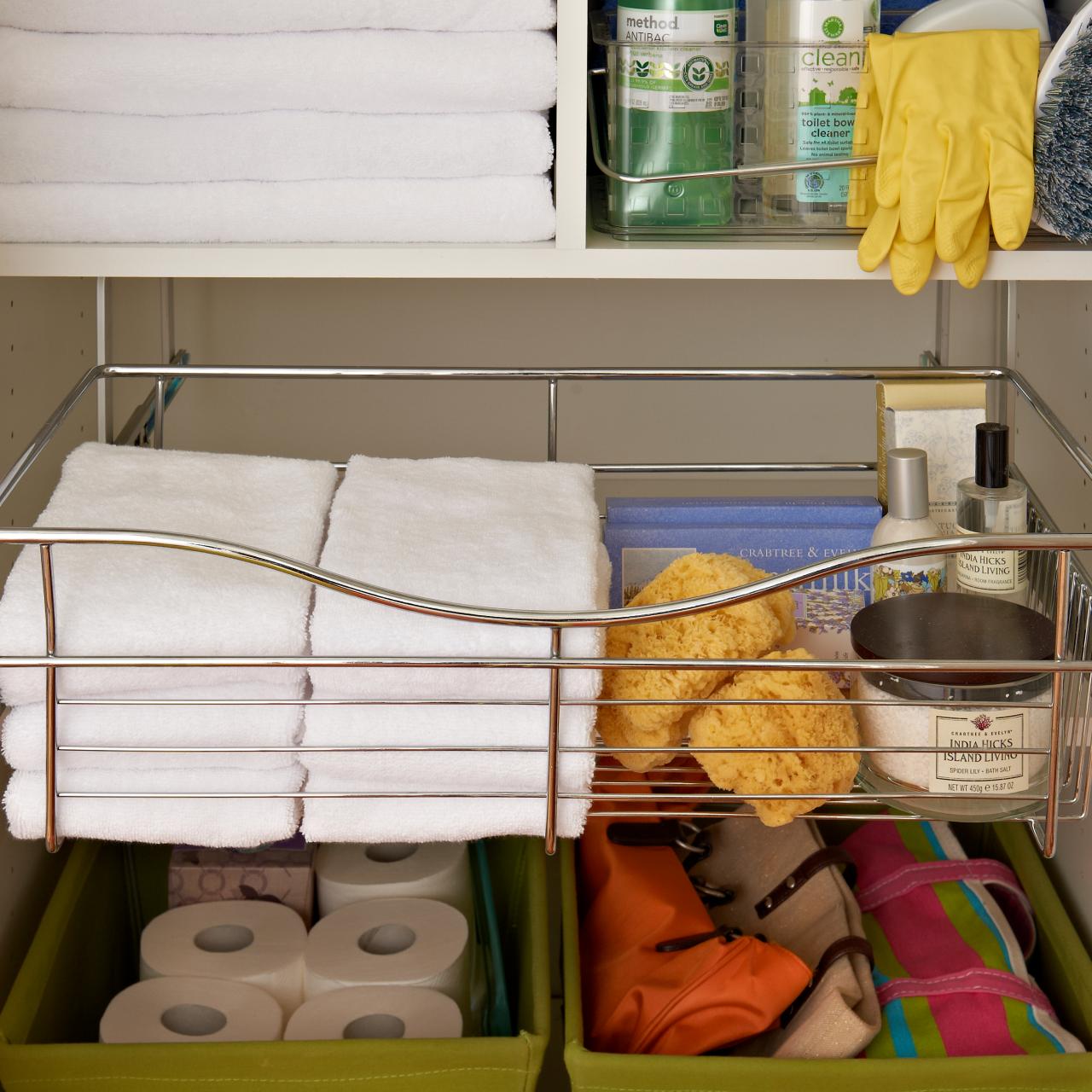
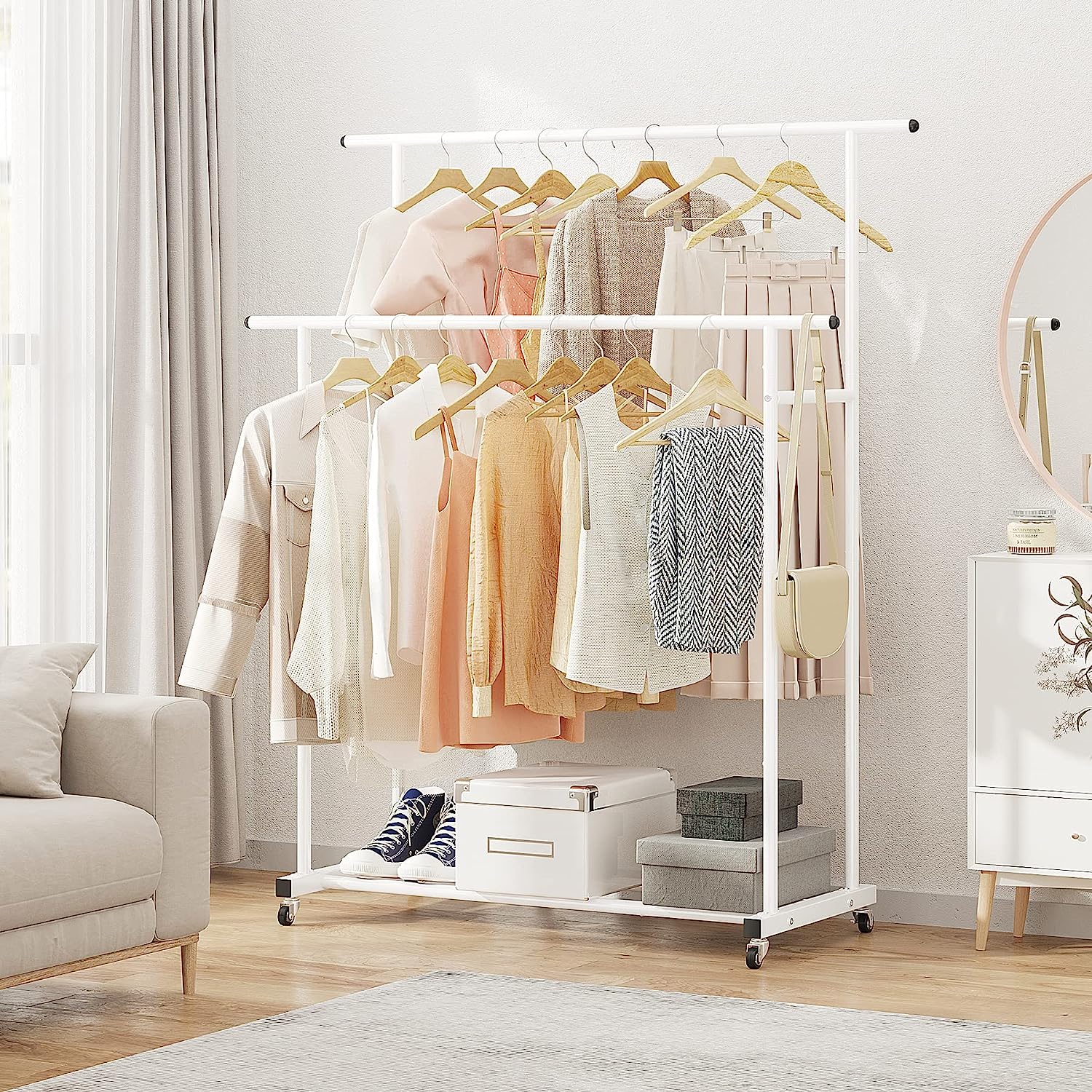
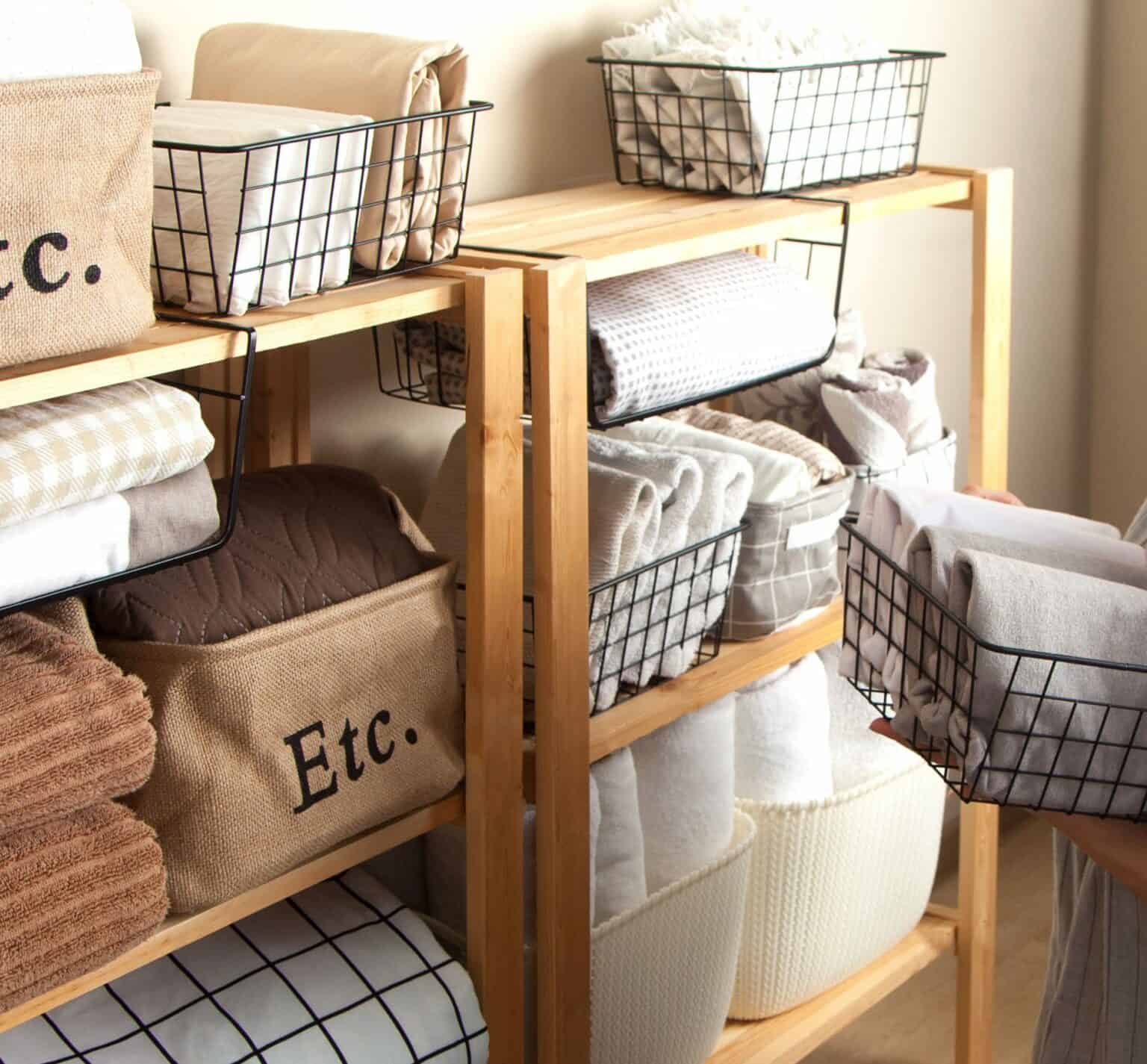
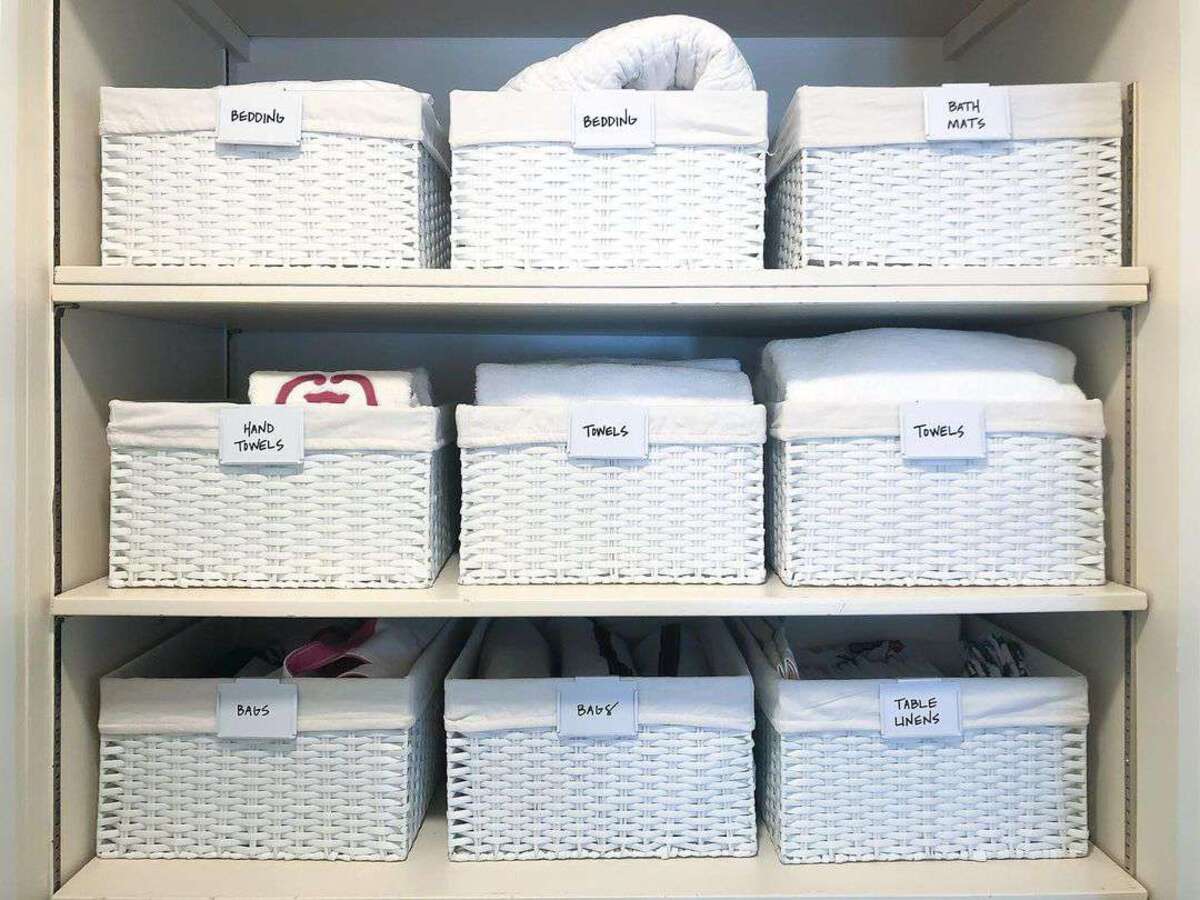
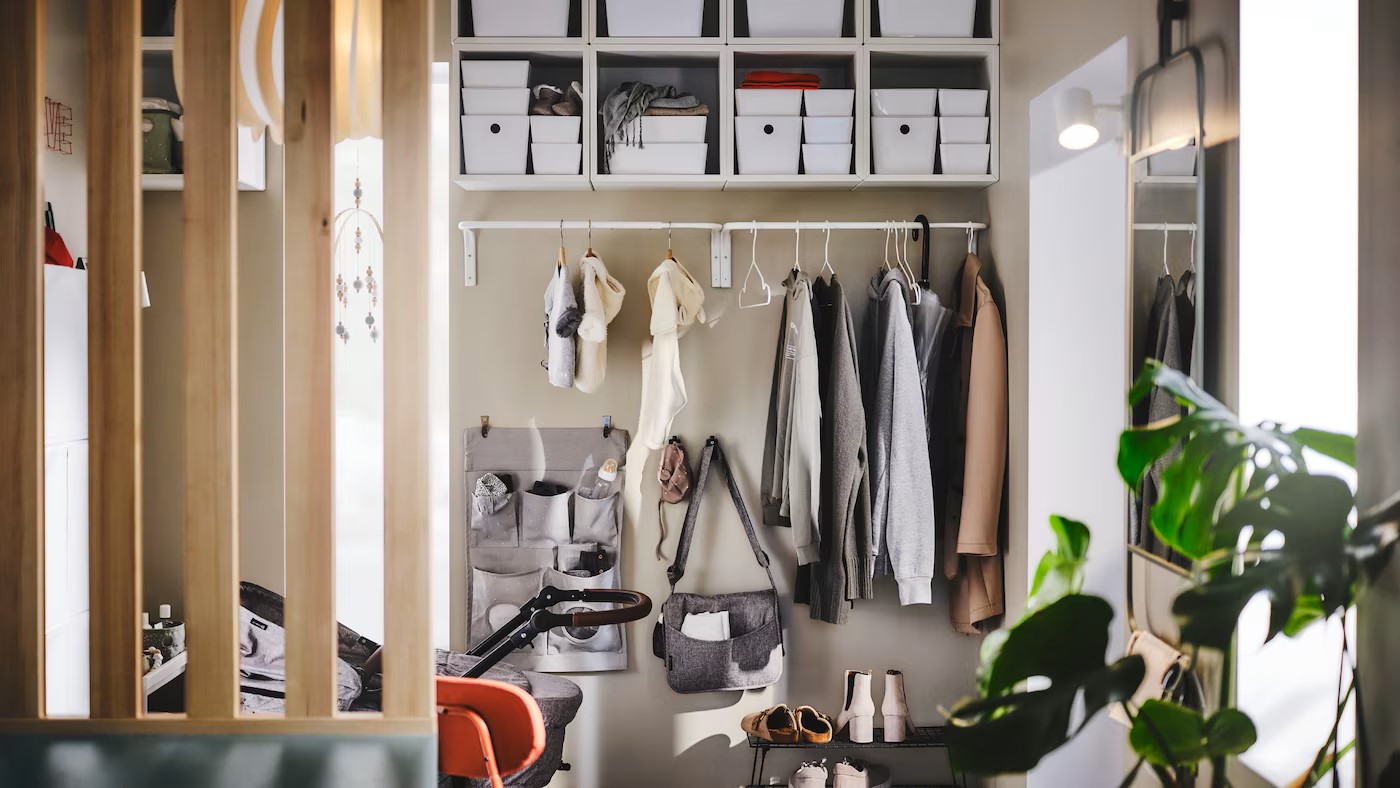
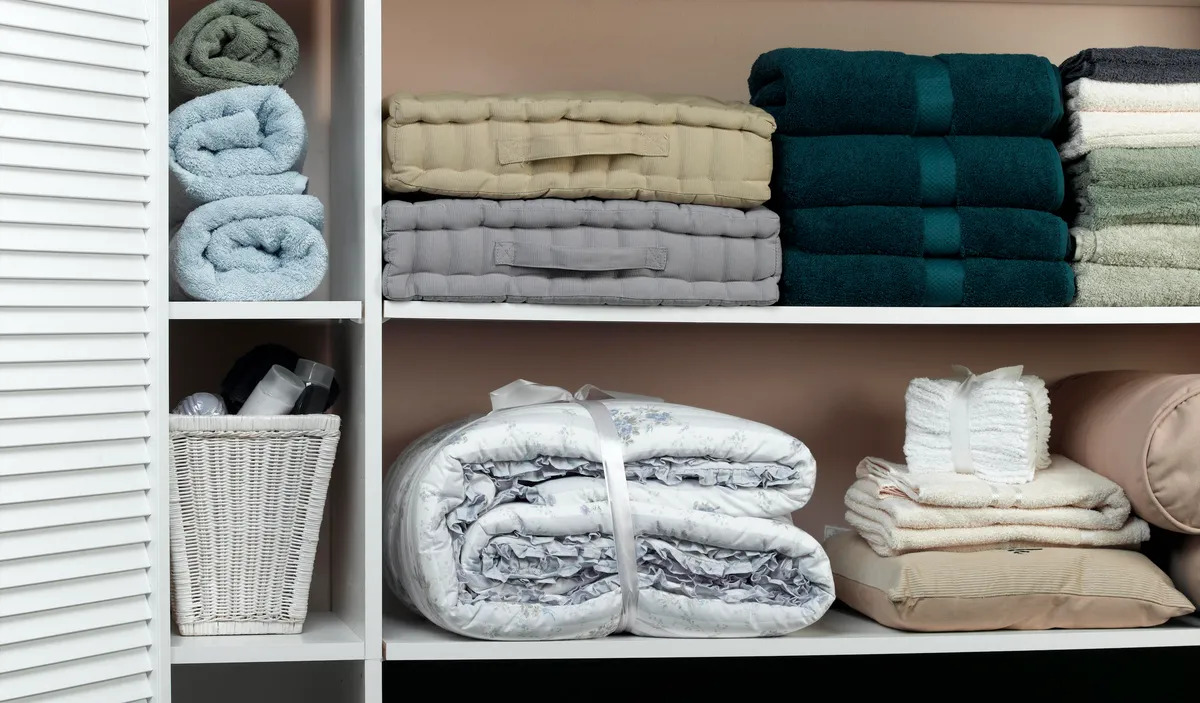
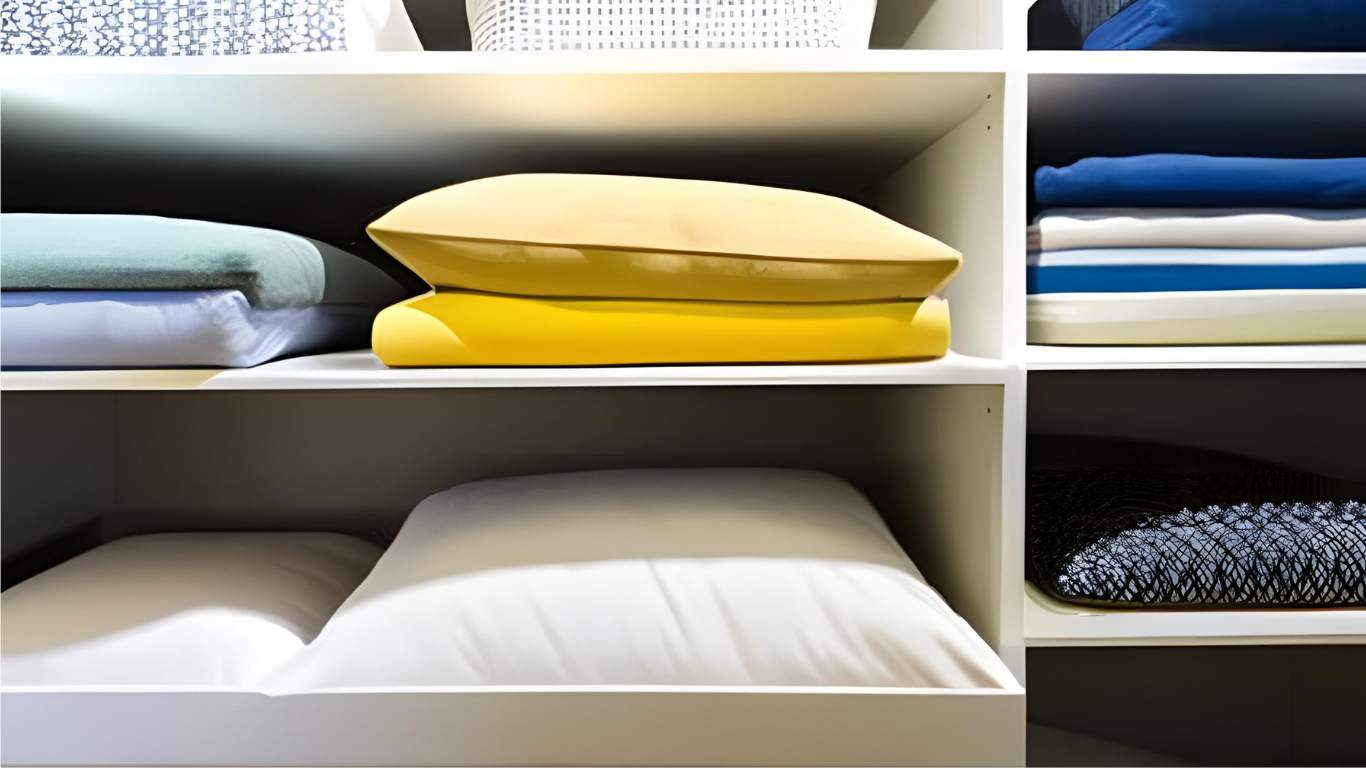
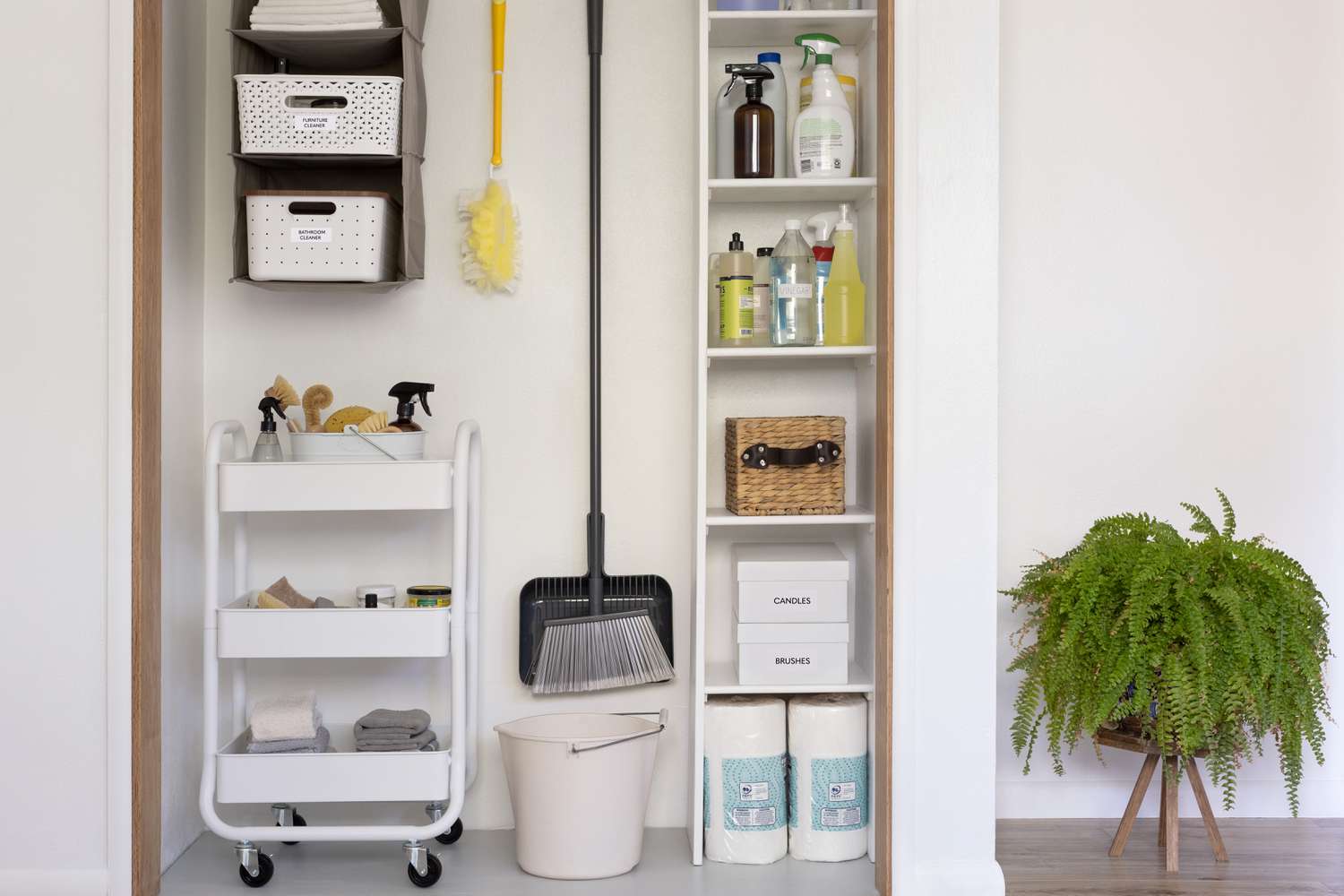
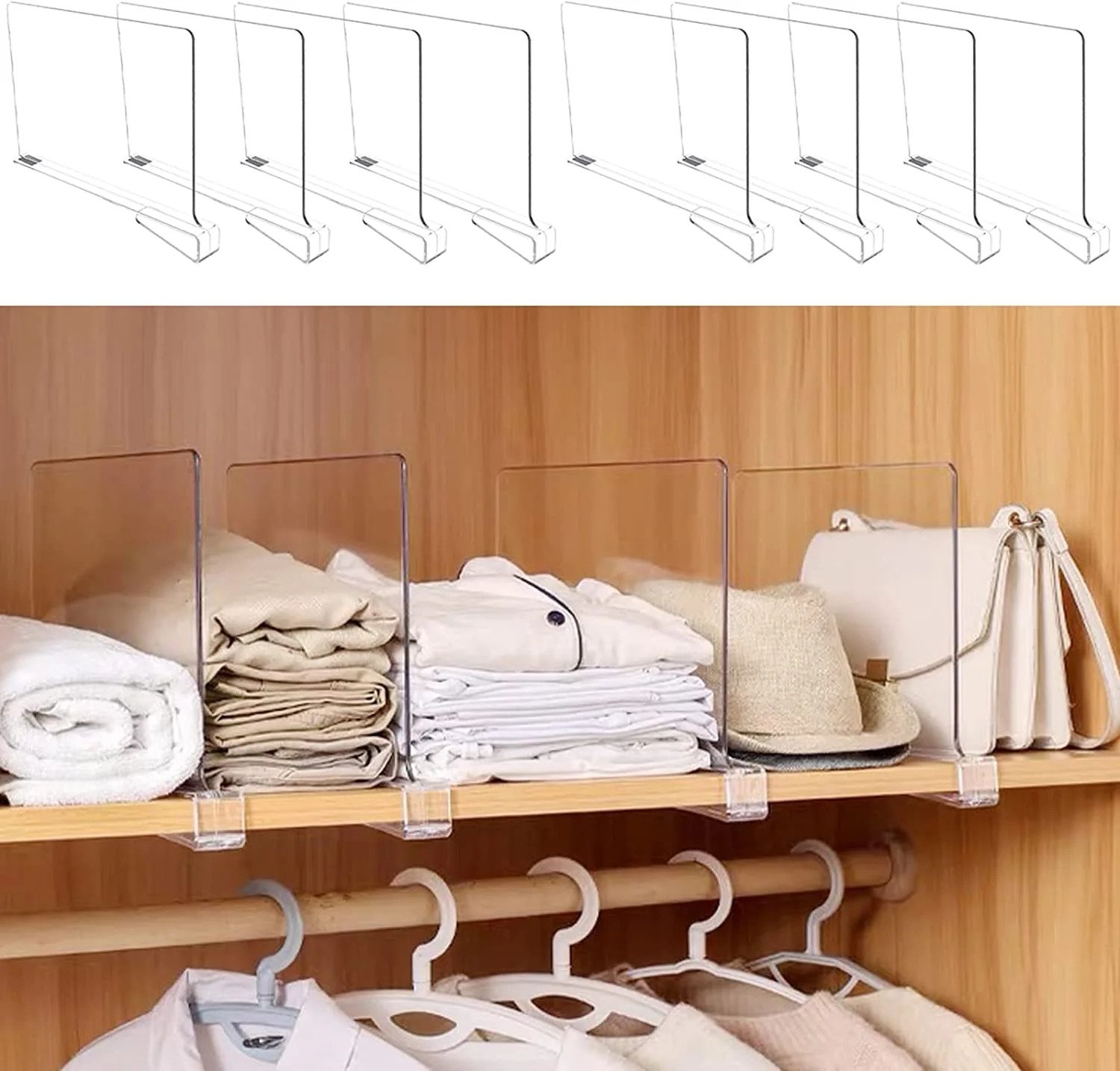

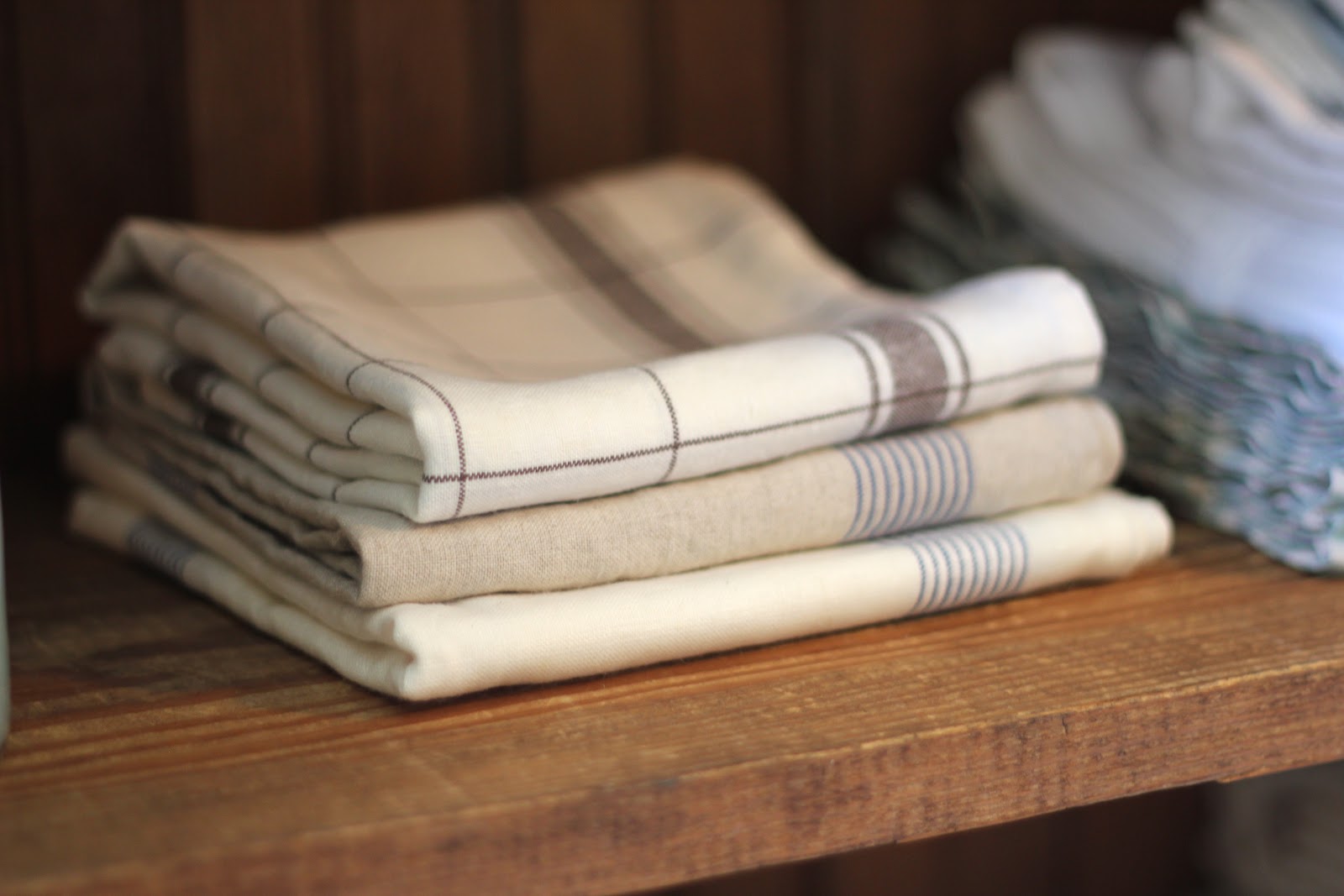
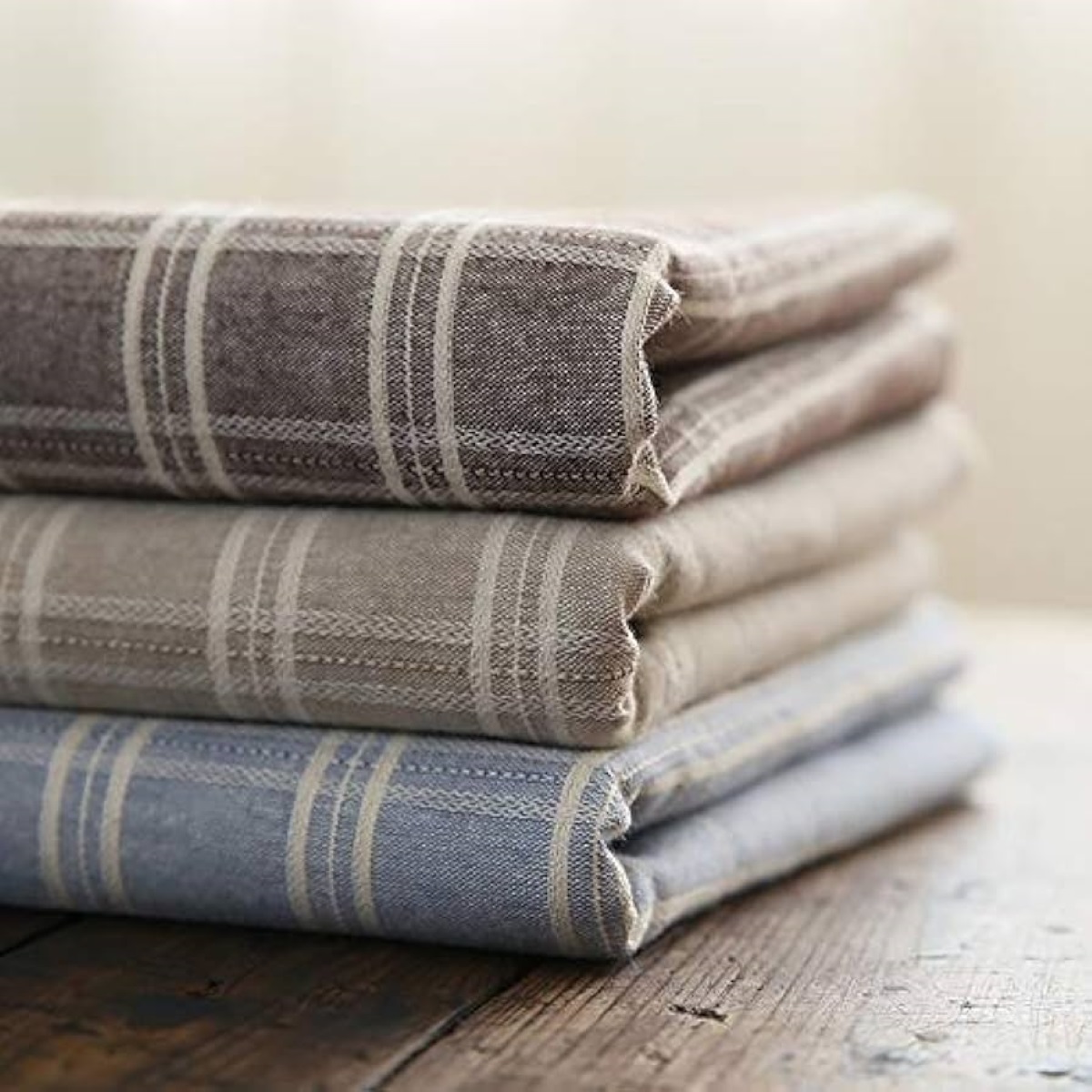

0 thoughts on “How To Store Linens Without A Closet”